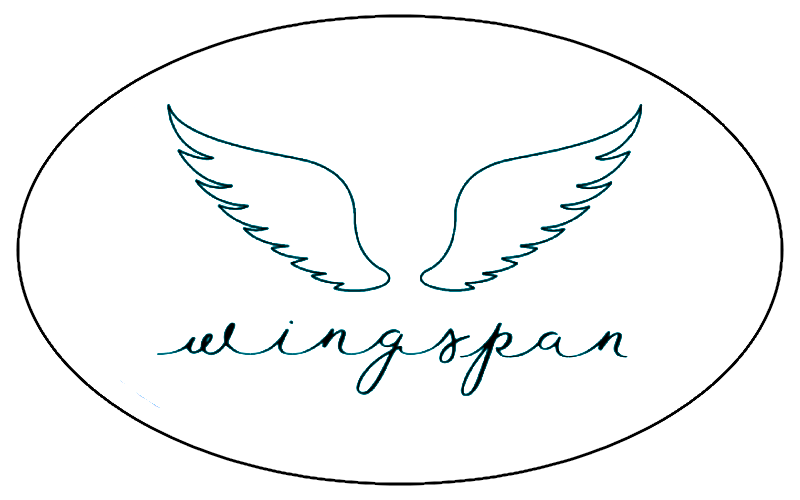The neckline, a critical but often overlooked aspect of women’s fashion, serves as a canvas for expressing style, cultural identity, and personal taste. From the demure round necks of the early 20th century to the daring plunges seen on today’s fashion runways, the evolution of neckline designs offers a fascinating glimpse into the shifting landscapes of society, femininity, and fashion norms. This article delves into the significance of various necklines and their role in shaping the aesthetic and functional appeal of women’s clothing.
The journey through the history of necklines reveals much about societal attitudes towards women and fashion. For instance, the high, tight collars of the Victorian era reflected the period’s emphasis on modesty and restraint. In contrast, the roaring twenties brought with it the flapper dress, characterized by its lower necklines and loose fit, signaling a rebellion against previous constraints and a celebration of newfound freedoms. Each neckline style, from the conservative to the bold, tells a story of cultural shifts, innovations in fashion design, and changing perceptions of the female form.
Modern fashion embraces a wide array of neckline designs, each serving a different aesthetic and practical purposes. The classic crew neck, for example, offers simplicity and modesty, making it suitable for casual and professional settings alike. On the other end of the spectrum, the V-neck, by elongating the neck and mimicking the natural lines of the body, creates a perception of height and slenderness, a testament to fashion’s ability to enhance and flatter the wearer’s natural features.
The boat neck or bateau neckline, with its wide, horizontal cut, elegantly exposes the collarbones and shoulders, offering a subtle nod to femininity without sacrificing comfort or modesty. Originating from nautical sweaters and subsequently popularized by icons like Audrey Hepburn, the boat neck is a testament to the enduring influence of celebrity and cinema on fashion trends.
One cannot discuss necklines without mentioning the transformative power of the halter neck. By drawing attention to the shoulders and back, the halter neck adds a touch of glamour and sophistication, ideal for evening wear and special occasions. This style exemplifies how necklines can be both a focal point and a functional element of design, providing support and shape to the garment.
As fashion continues to evolve, so too does the experimentation with necklines. Designers now blend traditional cuts with innovative materials and construction techniques to create pieces that challenge conventional notions of style and functionality. For instance, asymmetrical necklines and deconstructed collars add a modern twist to classic silhouettes, reflecting a broader trend toward individualism and self-expression in contemporary fashion.
In conclusion, the study of necklines in women’s fashion is a journey through time, culture, and the ever-changing ideals of beauty and femininity. Far more than just a detail, necklines represent a complex interplay between form, function, and fashion, offering endless possibilities for personal expression. As we look to the future, it’s clear that necklines will continue to serve as a critical element of design, a symbol of both personal and collective identity in the tapestry of fashion.

